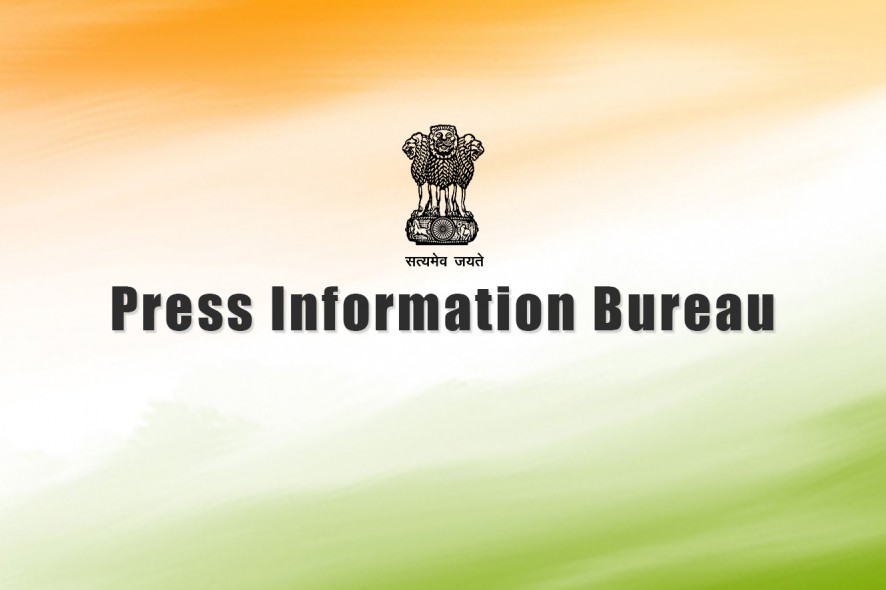Government of India is leading the COVID-19 response and management in the country in close coordination and collaboration with the State/UT governments. Several strategic and calibrated measures have been taken for the prevention, containment and management of COVID-19. The Ministry of Health and Family Welfare issued guidelines in suppression to the earlier guidelines issued on the subject on 2nd July 2020.
As per the revised guidelines, the patients who are clinically assigned to be mild / asymptomatic are recommended for home isolation.
Asymptomatic COVID-19 Cases-
The asymptomatic cases are laboratory confirmed cases not experiencing any symptoms and having oxygen saturation at room air of more than 94%. Clinically assigned mild cases are patients with upper respiratory tract symptoms (&/or fever) without shortness of breath and having oxygen saturation at room air of more than 94%.
I. Patients eligible for home isolation
- The patient should be clinically assigned as mild/ asymptomatic case by the treating Medical Officer.
- Such cases should have the requisite facility at their residence for self-isolation and for quarantining the family contacts.
- A care giver should be available to provide care on 24 x7 basis. A communication link between the caregiver and hospital is a prerequisite for the entire duration of home isolation.
- Elderly patients aged more than 60 years and those with co-morbid conditions such as Hypertension, Diabetes, Heart disease, Chronic lung/liver/ kidney disease, Cerebro-vascular disease etc shall only be allowed home isolation after proper evaluation by the treating medical officer.
- Patients suffering from immune compromised status (HIV, Transplant recipients, Cancer therapy etc.) are not recommended for home isolation and shall only be allowed home isolation after proper evaluation by the treating medical officer.
- In addition, the guidelines on home-quarantine for other members available HERE shall be also followed.
II. Instructions for the patient
- Patient must isolate himself from other household members, stay in the identified room and away from other people in home, especially elderlies and those with co-morbid conditions like hypertension, cardiovascular disease, renal disease etc.
- The patient should be kept in a well-ventilated room with cross ventilation and windows should be kept open to allow fresh air to come in.
- Patient should at all times use triple layer medical mask. Discard mask after 8 hours of use or earlier if they become wet or visibly soiled. In the event of care giver entering the room, both care giver and patient may consider using N 95 mask.
- Mask should be discarded only after disinfecting it with 1% Sodium Hypochlorite.
- Patient must take rest and drink lot of fluids to maintain adequate hydration.
- Follow respiratory etiquettes at all times.
- Frequent hand washing with soap and water for at least 40 seconds or clean with alcohol-based sanitizer.
- Don’t share personal items with other people in the household.
- Ensure cleaning of surfaces in the room that are touched often (tabletops, doorknobs, handles, etc.) with 1% hypochlorite solution.
- Self-monitoring of blood oxygen saturation with a pulse oximeter is strongly advised.
- The patient will self-monitor his/her health with daily temperature monitoring and report promptly if any deterioration of symptom as given below is noticed.
Detailed Guidelines can be found HERE







